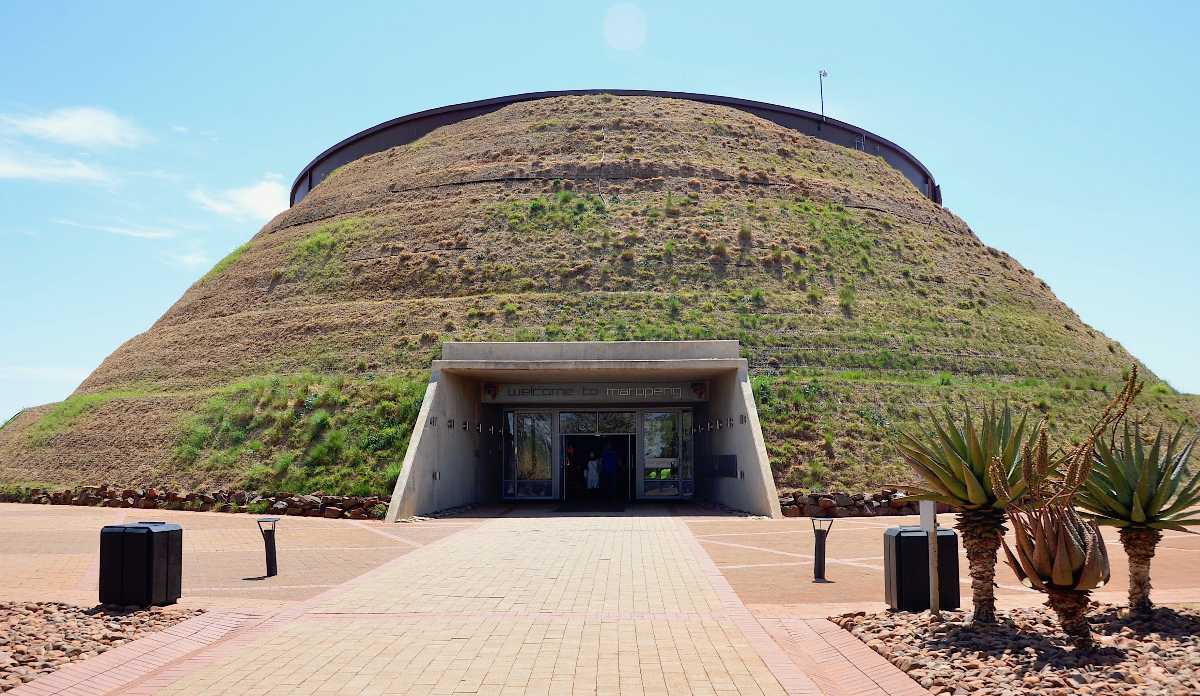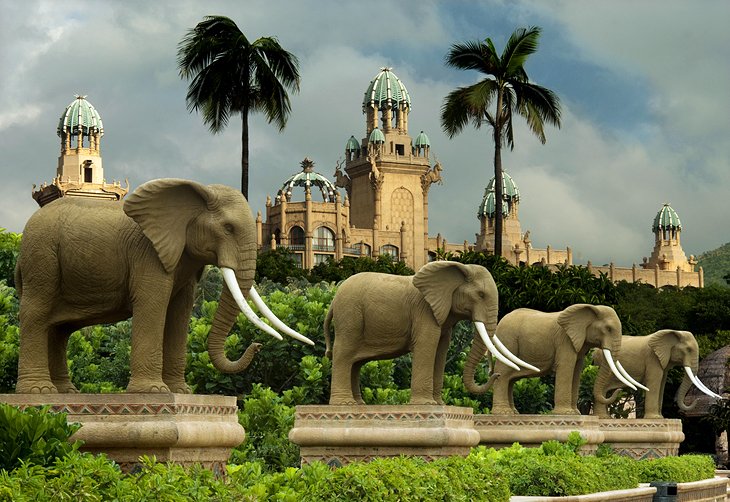The Facts About Johannesburg North Attractions Uncovered
Table of ContentsThe 2-Minute Rule for Johannesburg North AttractionsThe Of Johannesburg North AttractionsUnknown Facts About Johannesburg North AttractionsThe Only Guide to Johannesburg North AttractionsThe Single Strategy To Use For Johannesburg North AttractionsSome Known Incorrect Statements About Johannesburg North Attractions
The city owes its area to the visibility of a a lot more valuable resource: gold. The city grew on the side of the Witwatersrand Main Reef, a below ground stratum of gold-bearing quartz-silica empire that arcs for thousands of miles underneath the Highveld. The majority of the gold mines in the city ceased operation in the 1970s, yet in its day the Witwatersrand gold sector represented greater than 40 percent of the globe's yearly gold manufacturing.Johannesburg has a warm climate. The city delights in concerning eight hours of sunshine per day in both winter months and summertime.
What rainfall the city obtains falls nearly specifically in the summer months, typically in magnificent late-afternoon electric storms., where several citizens still rely on coal for fuel.

Get This Report about Johannesburg North Attractions
The equilibrium of the city is occupied by whites. Lodging varies in character and high quality.
Physical development, although somewhat limited by transportation, proceeded promptly as migration to South Africa, and Johannesburg particularly, boosted significantly. This issue was addressed in the 1930s when the automobile was introduced in mass manufacturing to South Africa. Automobiles were, essentially, restricted to the rich, and allowed them to transfer to the north of the city and commute into the centre.
Most inadequate residential areas were blended, with bad blacks and whites cohabiting, although the wealthy residential areas were normally scheduled for whites. This changed with the political election of the National Celebration in the 1948 elections, that started to formalise the system referred to as apartheid. Racism formally designated which residential areas each race might live in under the Team Areas Act.
The previous system of eleven numbered regions was reorganised in 2006. Marshalltown, as seen from the top of the Carlton Centre. The M1 and M2 run behind the structures, and the southerly suburbs expand past the highway limit. The internal city of Johannesburg lies within the city's Area F. The estimated populace of the area is 200,000, [] however the variety of people staying in the central city on an informal basis is unidentified, as many are illegal aliens. Most higher-income citizens and white individuals have relocated to the north suburbs and have been changed by lower-income black individuals. The unemployment, education, and age accounts of the location are all unidentified, due to the problem of getting trustworthy information regarding the location.
Facts About Johannesburg North Attractions Uncovered
Centred on the CBD, the region includes the residential areas of Yeoville, Bellevue, Troyeville, Jeppestown, and Berea to the eastern. To the west it infects Pageview (Johannesburg North attractions) and Fordsburg. There are little enterprise zones to the south, such as City West-Denver and Benrose. Around 800,000 travelers go through the internal city on a daily basis, and it operates as Click This Link a regional shopping node for site visitors from the southerly suburban areas. Yeoville and Bellevue have a mix of apartment or condo buildings and single household systems on small whole lots. The region is situated on a mountainous divide that runs from eastern to west.

Johannesburg Arena, a training school for both the Golden Lions and Orlando Pirates, is adjacent. The eastern suburbs of Johannesburg are located in the city's 7th [] and 9th [] regions. The area is likewise functionally integrated with East Rand boundary communities beyond the main border of Johannesburg, such as Bedfordview and Edenvale (both component of Ekurhuleni Metropolitan District).
Top Guidelines Of Johannesburg North Attractions
R. Tambo International Airport). The eastern suburbs are several of the earliest areas of Johannesburg, there are large communities of Jewish and various other European histories, the majority of the populace is English talking. There are three golf links as well as a number of protected ridges with viewsites. There are several strong and up-market amusement and buying areas in the eastern such as the Eastgate Buying Centre and the Greenstone mall.
The area is mainly made up of old "matchbox" homes, or four-room homes constructed by the government, that were constructed to offer economical lodging for black workers throughout discrimination. Soweto is an abbreviation, representing "South Western Townships". Street after road in this field is lined with matchboxes; nevertheless, there are a couple of smaller locations where thriving Sowetans have actually built residences that are more comparable in stature with those in even more affluent suburban areas.
Hostels are another popular physical attribute of Soweto. Originally developed to house male migrant employees, many have been enhanced as dwellings for couples and households. The N1 Western Bypass skirts the eastern border of Soweto. The suburban area was not historically permitted to produce employment centres within the area, so nearly all of its citizens are travelers to various other components of the city.
An Unbiased View of Johannesburg North Attractions
The property areas in the north suburbs are pop over to these guys mostly formal, with no significant locations of informal real estate, or housing that does not have a long-term structure. This is a recognized location, there is a trend of land usage change from household to commercial, particularly along major arterial roads and around well established nodes.
The location is well connected to road networks, specifically along site the north-south axis formed by the M1 and N1. Roadways to the east and west are less well developed, as there are no highways taking a trip in that instructions. In the direction of the northern border of the city, the thickness of development reduces, leaving huge areas of primitive land around Midrand.
How Johannesburg North Attractions can Save You Time, Stress, and Money.
The first residential area to the north of the central city is Parktown, which lies on a hill ignoring the internal city and Hillbrow. It has lots of wealthy residents and Edwardian-design manors, along with the Education and learning and Clinical universities of the College of the Witwatersrand. The big concrete Charlotte Maxeke Johannesburg Academic Hospital controls the sky line of Parktown.